Few phrases have echoed louder in the ears of wrestling enthusiasts than “Wrestling is fake.”
It’s a statement more haunting than The Undertaker, one that casts just as large of a shadow over the world of professional wrestling.
Professional wrestling has consistently captivated audiences of all ages, entertaining young and old with its larger-than-life characters, incredible feats of strength, breathtaking displays of athleticism, and introspective and intricate storylines.
So why does it get so much hate?
The answer, according to its critics, lies in its lack of authenticity. In its scripted nature and predetermined outcomes–it’s not real combat.
It is no secret that wrestling is fake. The punches are rehearsed, the kicks seldom connect and the victors and losers are chosen backstage in a writers’ room rather than in the heat of battle. The referees aren’t in the ring to officiate but to make sure that the matches end when they are scheduled.
Pro wrestling isn’t about the outcome of physical confrontations–you have boxing or the UFC if that’s what you are after. Pro wrestling is about spectacle just as much as it is about sport. It’s a complex performance where the bodyslams and piledrivers are just one piece of the total package.
WWE, the largest wrestling promotion in the world, the organization that made Hulk Hogan, Shawn Michaels, The Rock, and John Cena household names, is an acronym standing for World Wrestling Entertainment.
The emphasis here is on the last letter–that E–Entertainment.
Wrestling, like theater, movies, and television, is a part of the entertainment industry. Just as scripts shape the narratives in the cinematic world, wrestling employs a similar approach to captivate its audience. Yet, no one leaves a movie theater critiquing a film for being fake.
Instead, they suspend their disbelief and let the performances do what they were intended to do–entertain.
For decades, pro wrestling has done nothing but entertain. Capital E Entertain.
That’s why Netflix just inked a $500 million-a-year deal to stream WWE’s “Monday Night Raw” starting in 2025. It is entertainment that draws 17.5 million viewers to “Raw” each year, making the program one of television’s best-performing shows in the 18-49 demographic.
It entertained in ’98 when The Undertaker hurled Mankind off the top of a towering 16-foot high steel cage in a pay-per-view Hell in a Cell match.
When Brock Lesnar suplexed The Big Show on a 2003 episode of SmackDown, causing the ring to collapse, the performance brought the house down.
From Jeff Hardy and Rob Van Dam’s high-flying, gravity-defying acrobatic flips to Lesnar flipping the ring with a tractor in 2022’s SummerSlam match versus Roman Reigns, pro wrestling reigns supreme as a source of entertainment.
The entertainment value of witnessing a beloved superstar entering the arena from behind the Jumbotron, of celebrating a historic victory against a rival, is unmatched. The atmosphere is electric, with fans roaring, chanting, and screaming at the top of their lungs. Professional wrestling, simply put, is a source of pure, unadulterated fun.
Sure, wrestling is fake: fake rivalries and choreographed moves.
But wrestling is real, real entertaining.
And while the action is scripted, the physical prowess required to pull off a Hurricanrana, a Tombstone, an Attitude Adjustment, or an RKO is very real. Executing the carefully choreographed moves on the mat requires genuine athleticism, strength, and endurance.
But pro wrestling requires more of its stars than just athletic ability; they need to be able to act. A wrestler isn’t just a wrestler; they are performers. Beyond pump handles and piledrives, pro wrestlers have to have a strong on-screen presence. Charisma and magnetic personalities are essential in drawing fans into those scripted storylines. From promos and interviews to skits and segments, a wrestler must have some real acting skills to make a real impact. A wrestler isn’t just selling telegraphed punches, they are selling a story.
What is real about wrestling? How about the physical and mental toll it can have on its performers.
Scripted stunts, sure. But the harsh reality is that crashing into the mat, being slammed through a table, or falling from a 12-foot ladder does very real damage to the body.
Bodies like that of WWE Legend “Stone Cold” Steve Austin, who famously broke his neck after a piledriver from Owen Hart. Bodies like Tyson Kidd’s, who was forced into early retirement after suffering a spinal injury during a match. Bodies like former WWE champion Big E’s, who has yet to return to the ring after breaking his neck in 2022. That list is a mere glimpse at the very real risk in the fake sport.
“You can’t fake gravity,” WWE Hall of Famer Diamond Dallas Page said, who famously ruptured both his L4 and L5 vertebrae after taking a powerbomb from 6’10” Kevin Nash.
Page described the moment as “the straw that broke the camel’s back.” Here, Page is the camel. The injury, he said, was not the result of Nash’s powerbomb but the culmination of years of taking bump after bump, night after night, year after year.
Wrestlers face the reality that each time they step into the ring, they might not walk out under their own strength.
It is a career where every performance comes with the risk of life-changing, life-altering–even life-ending–injuries.
All in the name of entertainment. All to appease arenas packed with screaming fans and feed the unyielding passion for the sport.
Wrestling is a unique platform, with athletes portraying characters in front of live audiences, narrating stories of good versus evil, redemption, overcoming adversity, and more. These narratives resonate with fans globally, touching hearts in ways beyond the squared circle.
Consider the case of Luchadore legend Rey Mysterio, standing at 5’6” and 175 pounds, who ascended to earn the title of World Heavyweight Championship at Wrestlemania 22, surviving the 30-man Royal Rumble from the number two spot.
No small accomplishment for a man of such small stature. What makes Mysterio’s story less worth celebrating than other fictional underdog tales? From “Rocky” or “The Karate Kid”?
And while the stories in the ring can inspire, so do those off camera.
Consider John Cena, who the WWE has transformed into a real-life superhero outside of the ring. Beyond his ability to lift massive men over his head in the ring, Cena should be celebrated for the uplifting he has done outside the arena. Cena has made a real impact, granting over 650 Make-A-Wishes wishes, a Guinness world record, since 2002.
The entertainment, the athleticism, the acting, the injuries, the impact of a fake sport–are all very real.
The next time the heated debate over pro wrestling’s authenticity roils up, remember that this is about more than two competitors grappling for victory; it is instead a means of storytelling. Not on screen or stage, but on canvas between the turnbuckles.


![Community honors longtime coach Mr. Bryan Thomas before Oct. 3 game [photo gallery]](https://nchsinkspot.com/wp-content/uploads/2025/10/Thomas-6-1200x1200.jpg)

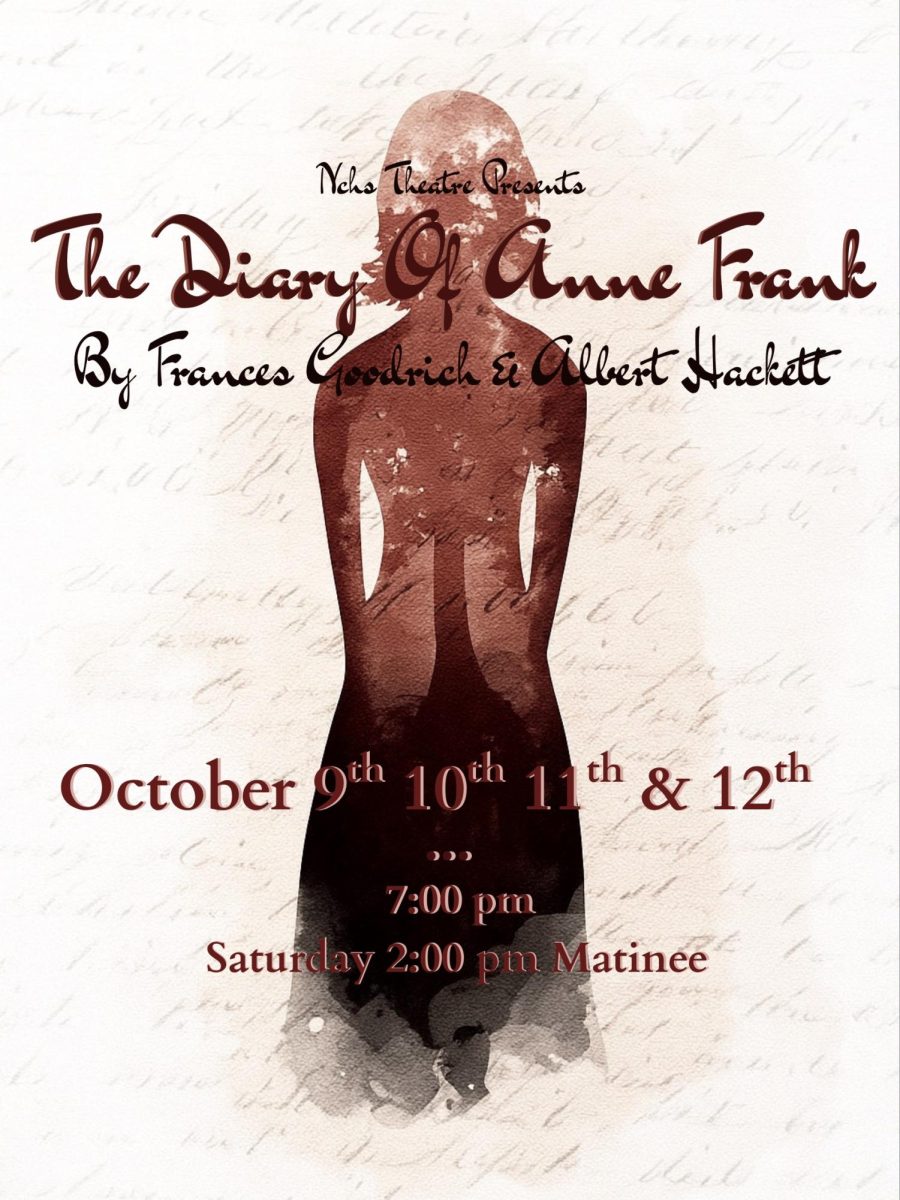





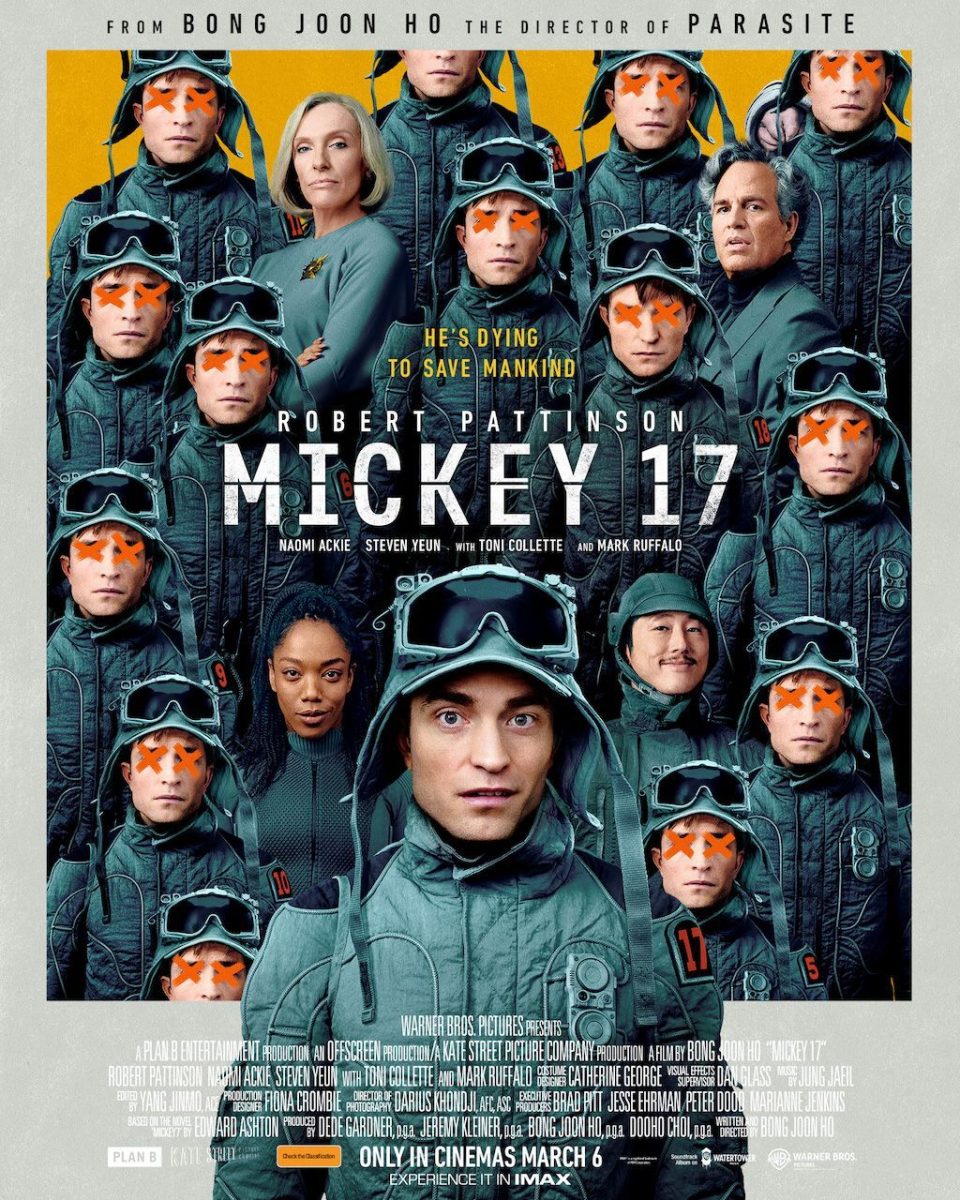


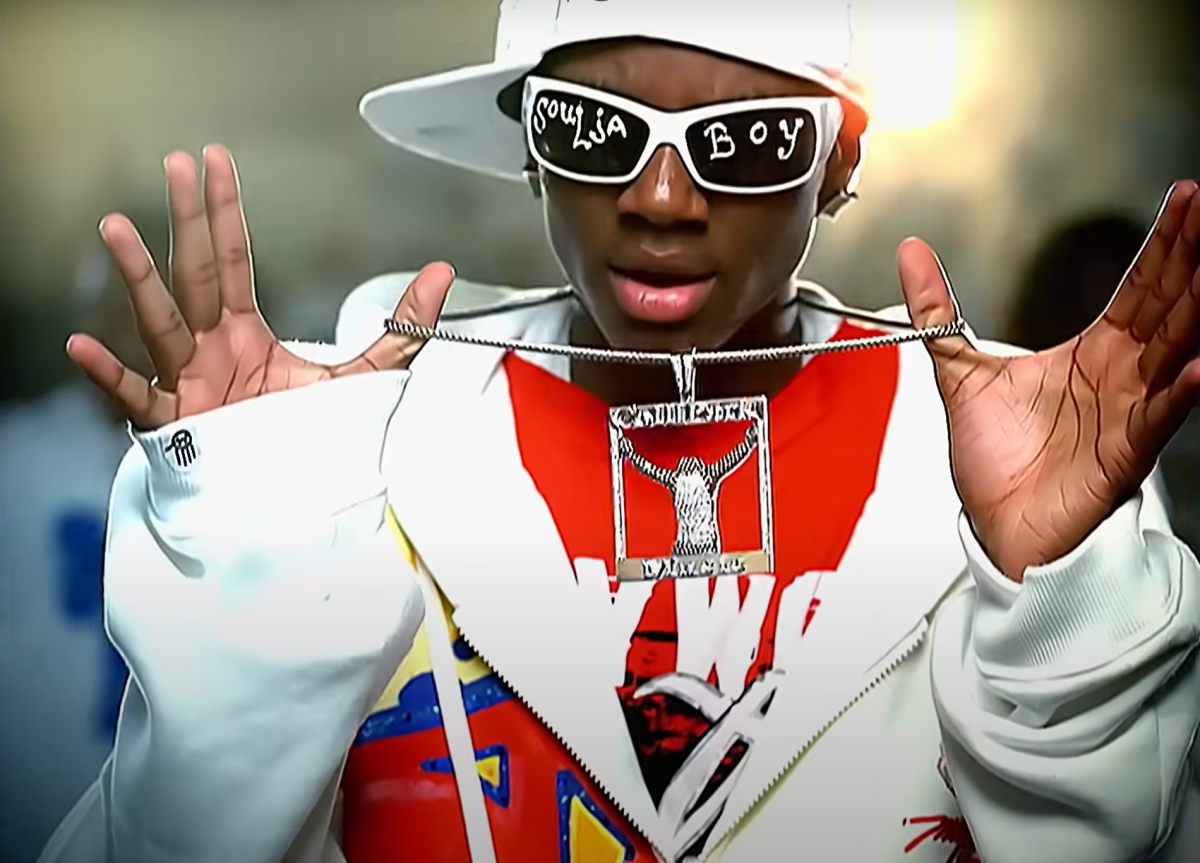
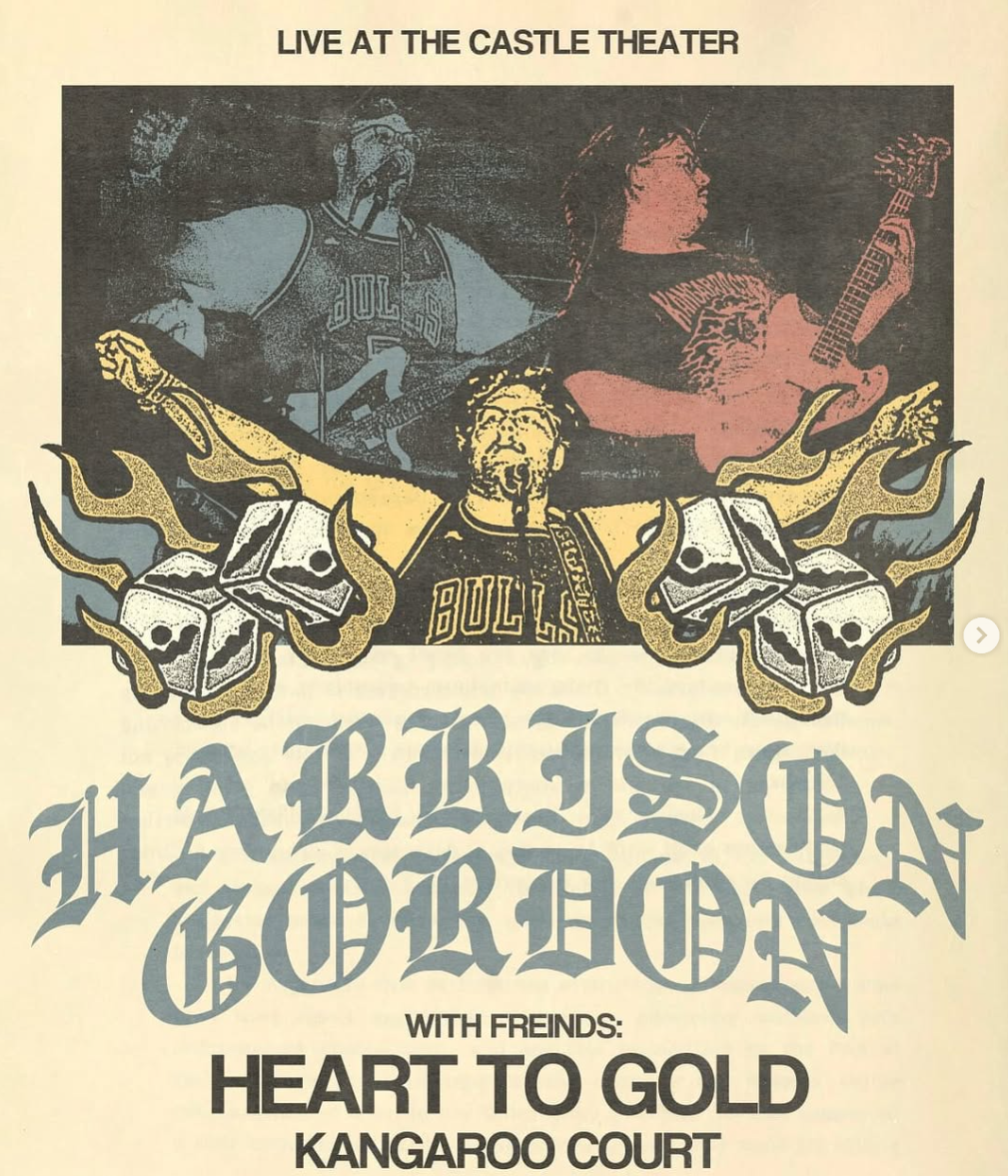
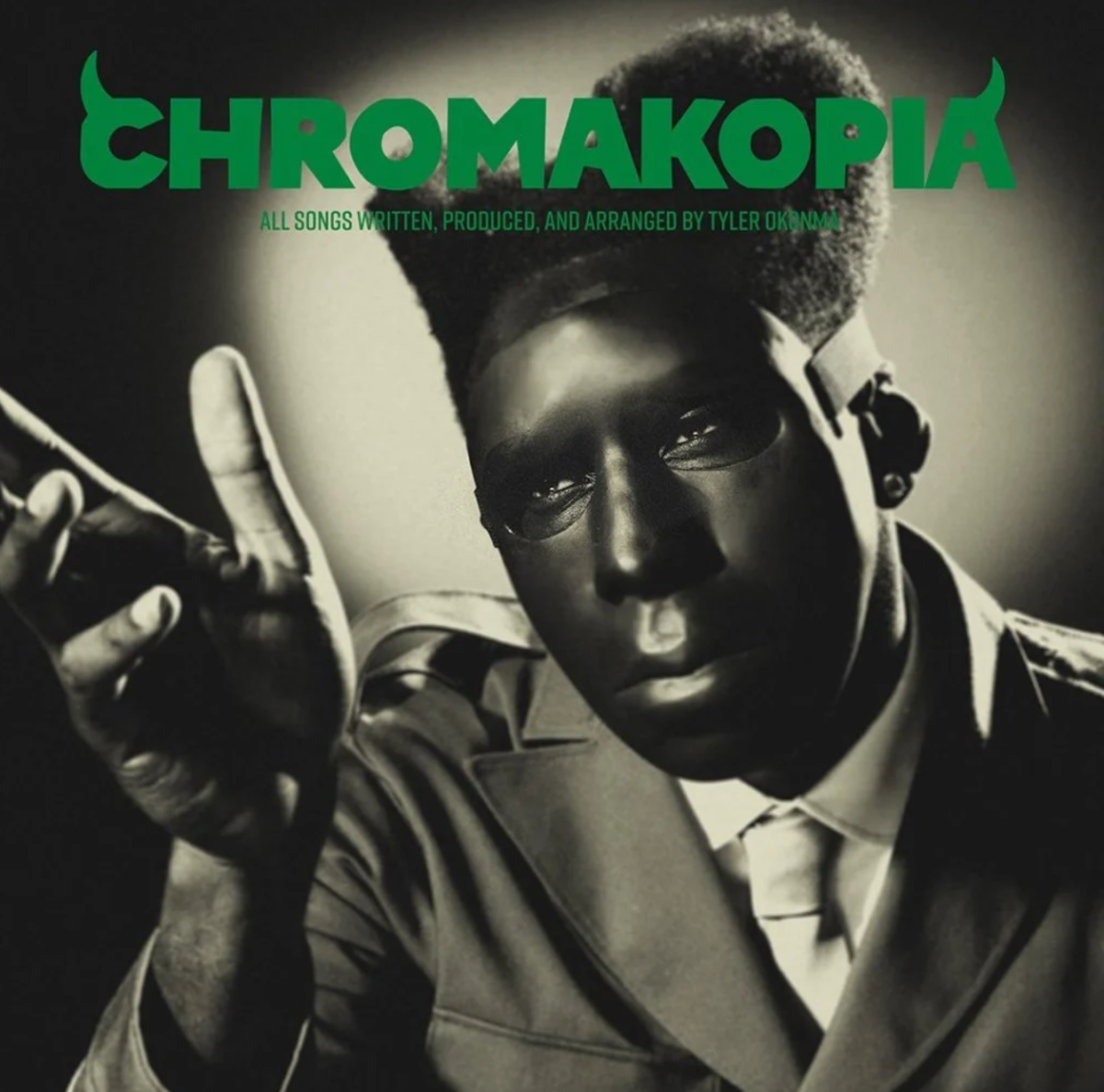


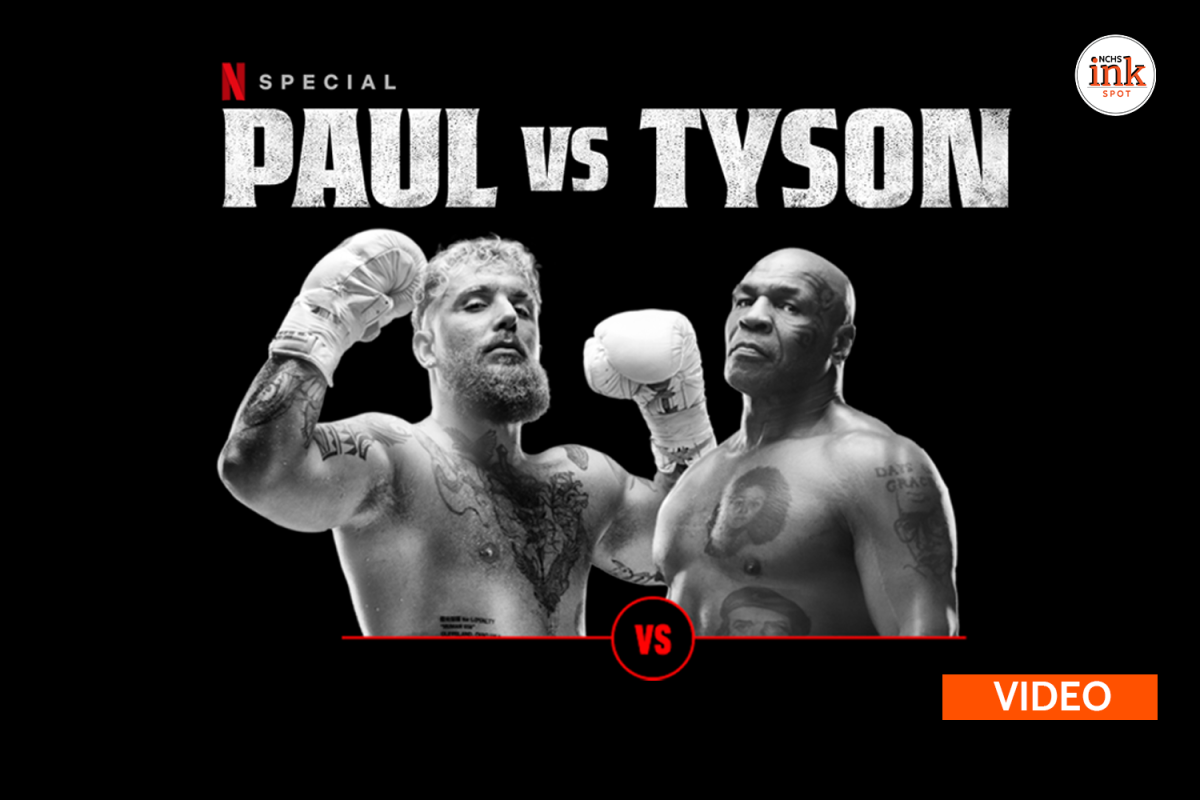


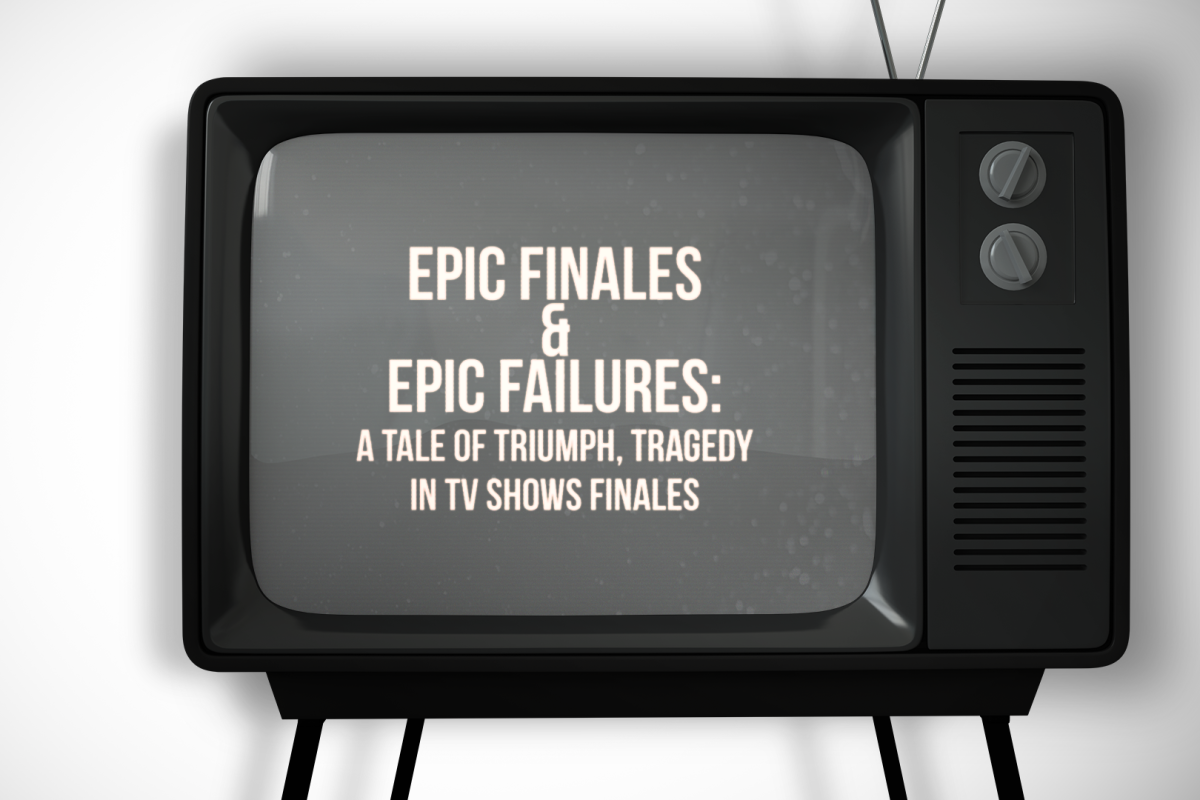
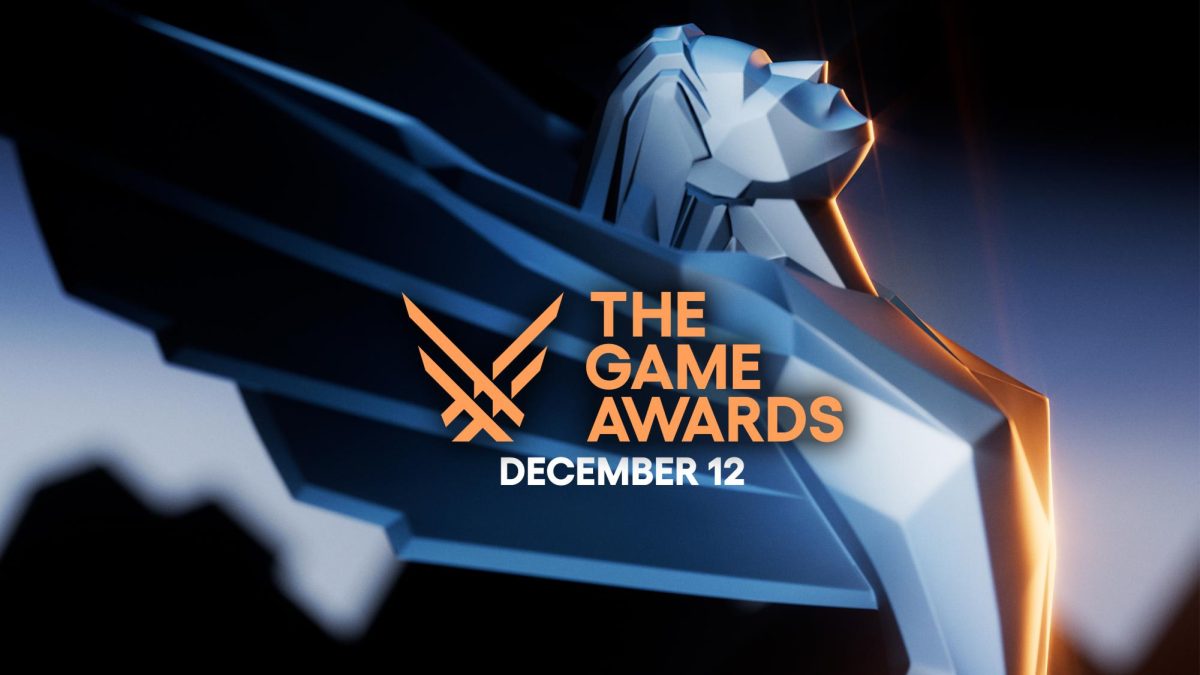
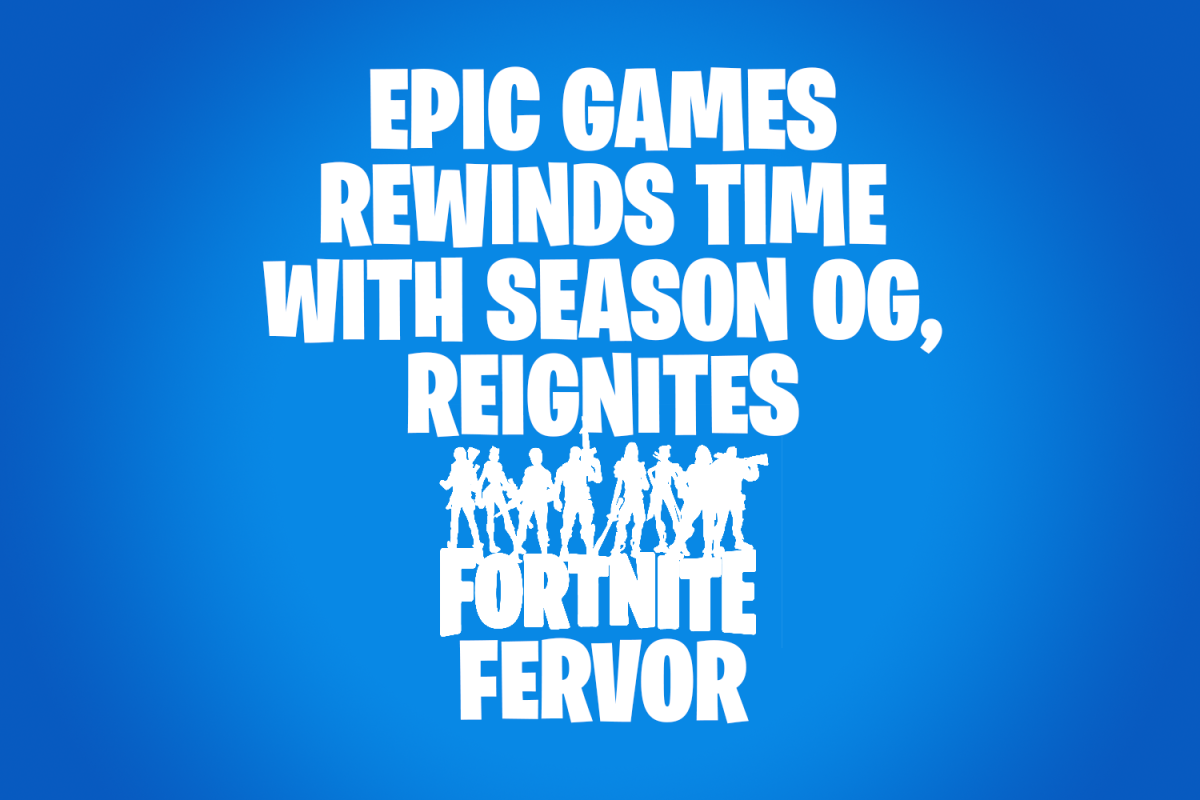
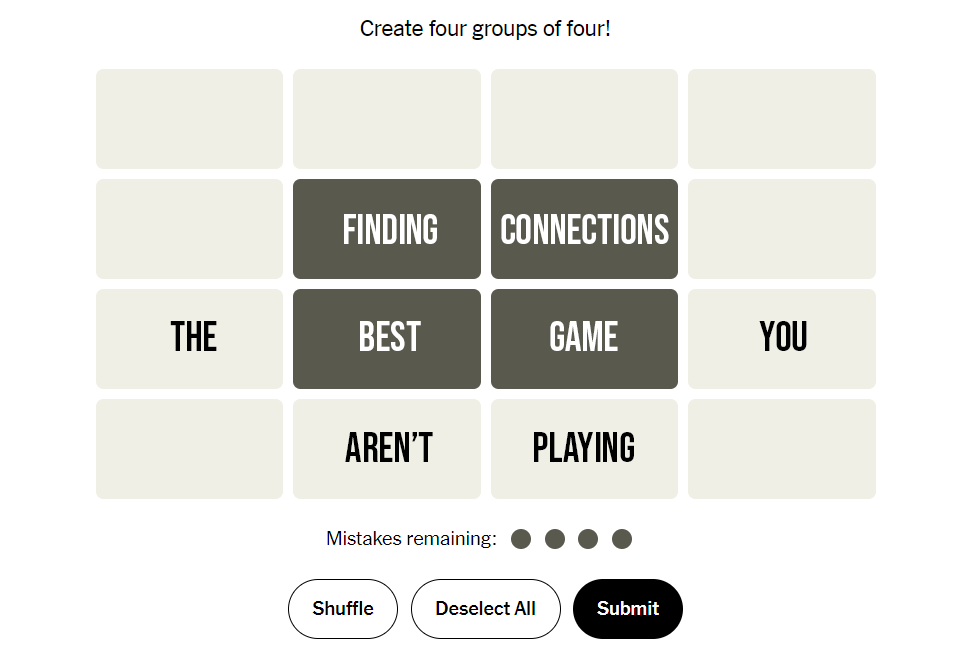

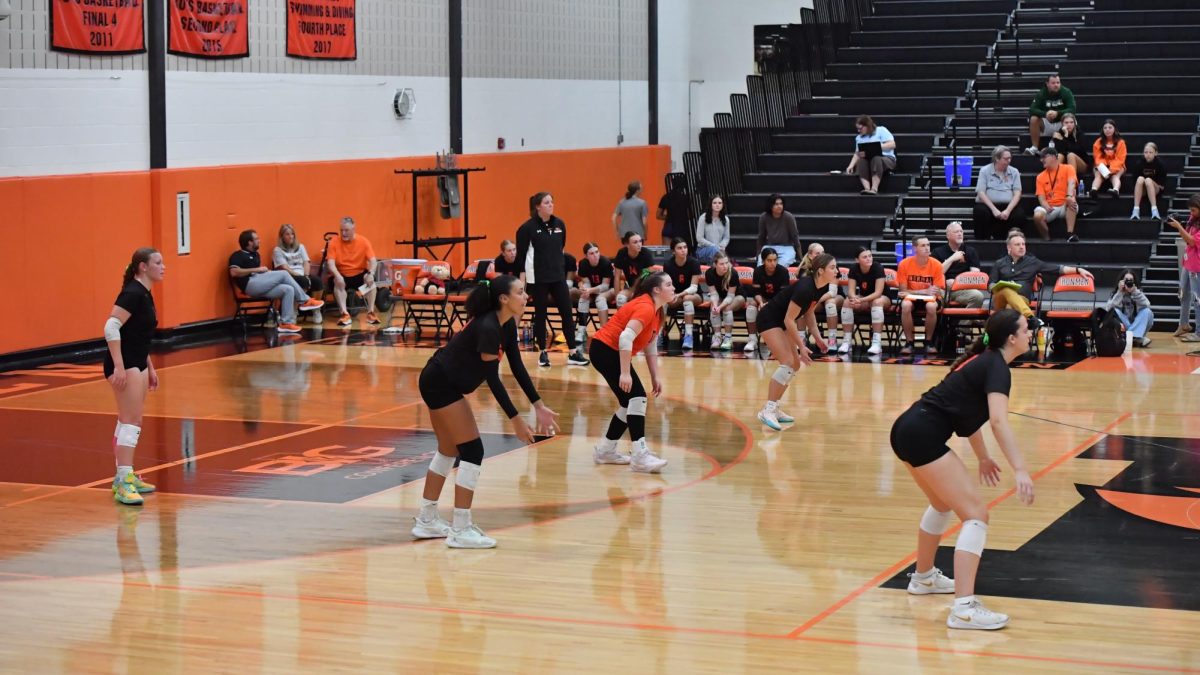
![Postgame: Drengwitz on Community’s 56-6 win over Champaign Centennial; staying unbeaten in Big 12 [video]](https://nchsinkspot.com/wp-content/uploads/2025/10/10.17_FBwChampCent56-6_POST_thumb.png)
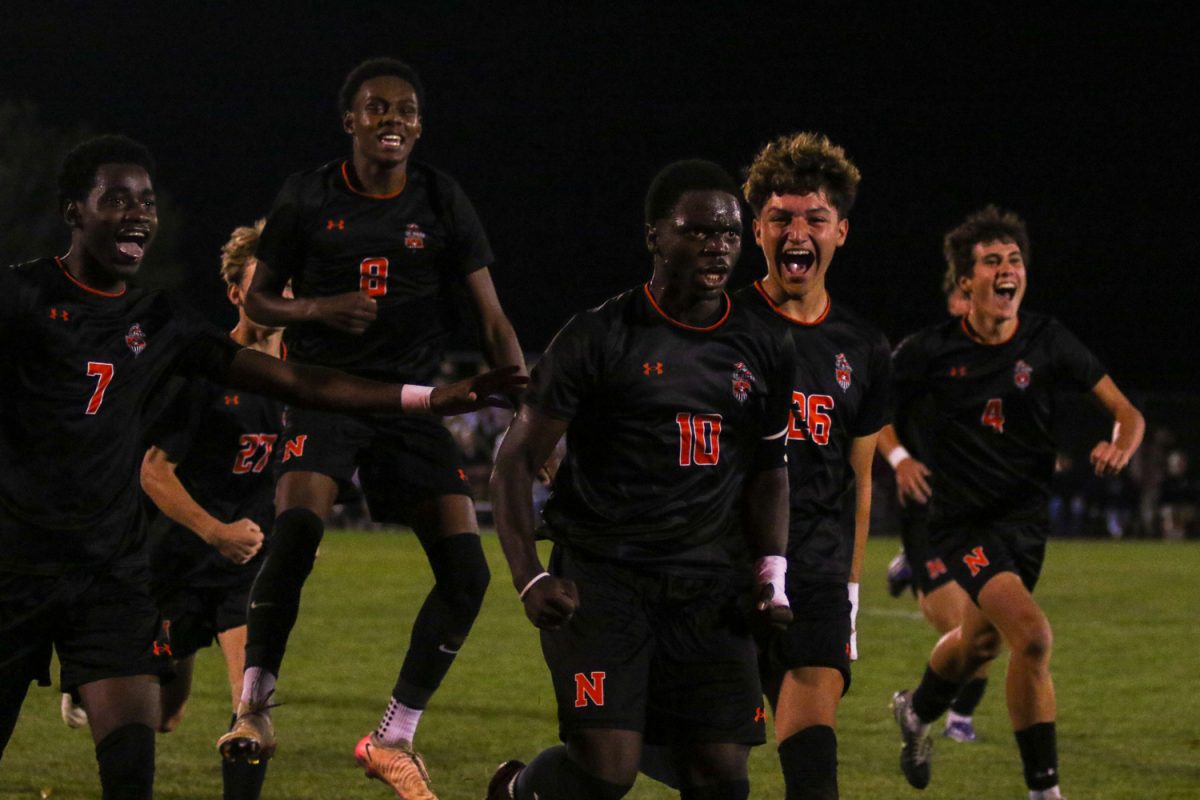



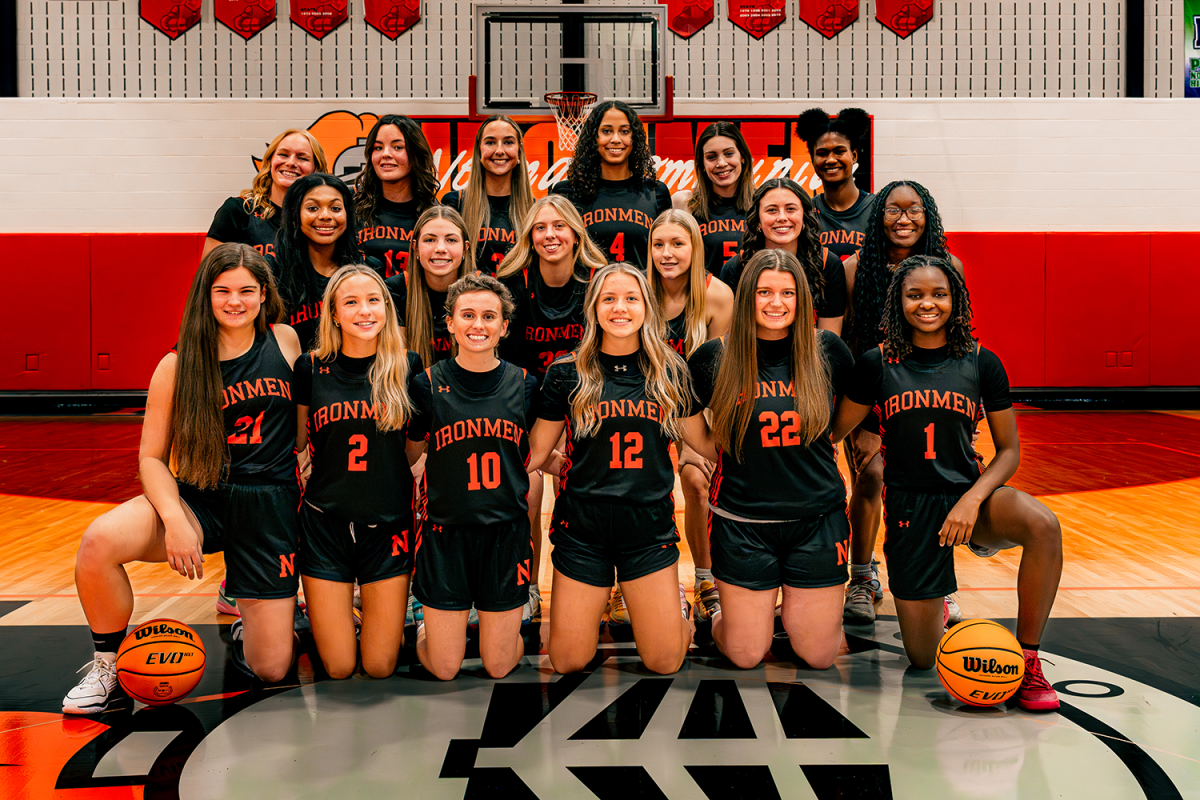


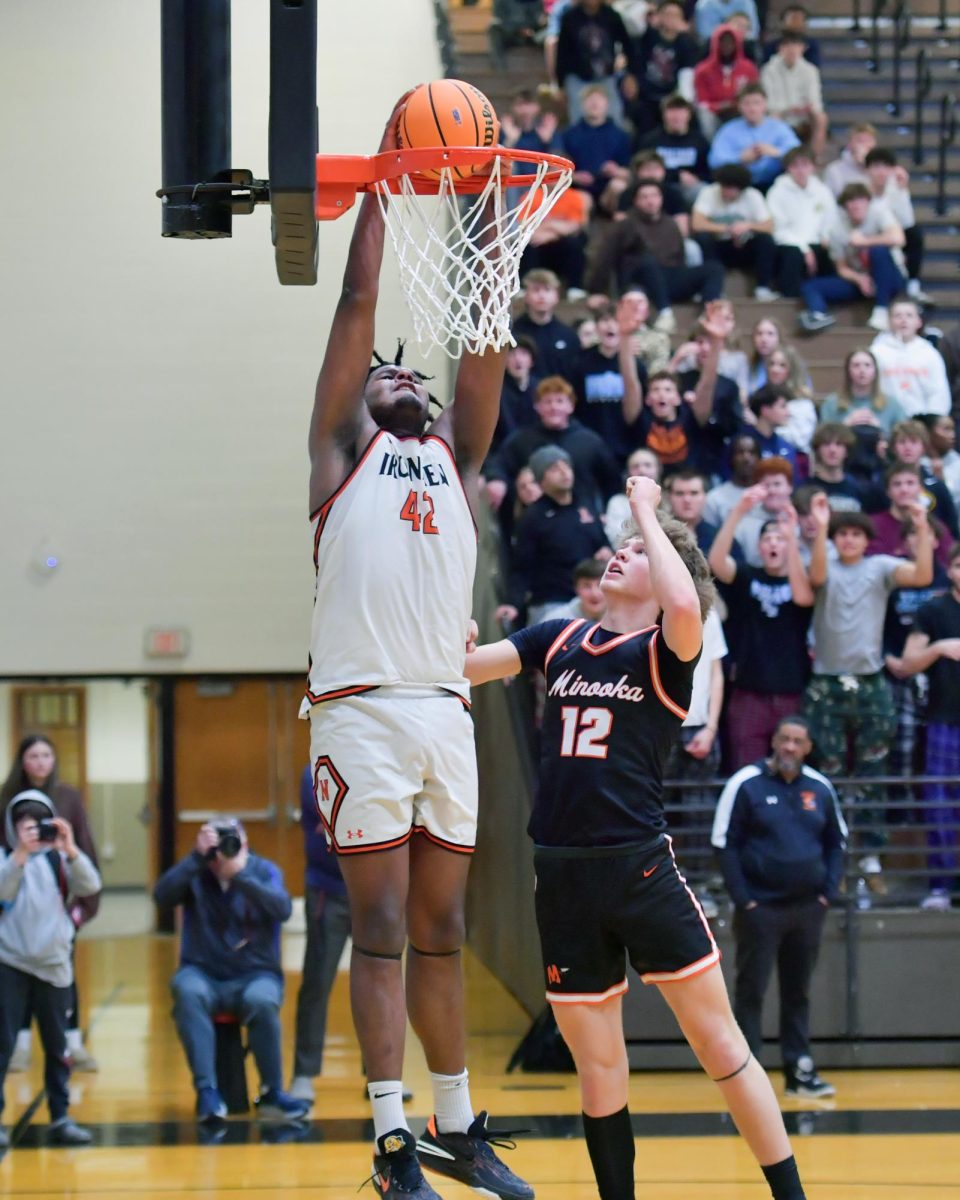


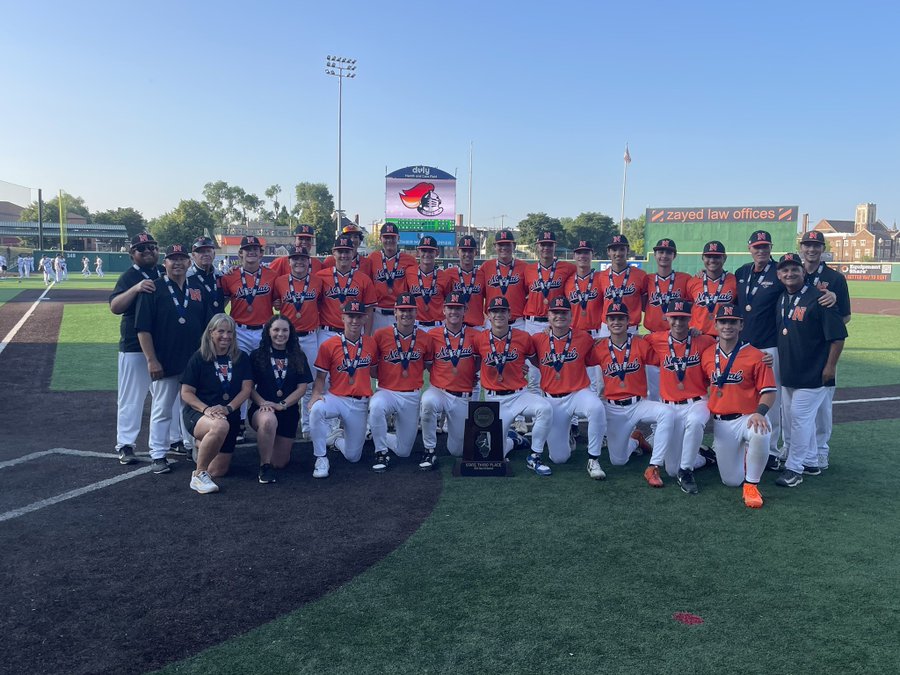








![Halloween candy cross section quiz [quiz]](https://nchsinkspot.com/wp-content/uploads/2022/10/Candy-cover-big-900x675.png)
![Average Jonah? [quiz]](https://nchsinkspot.com/wp-content/uploads/2022/05/average-jonah-900x600.png)


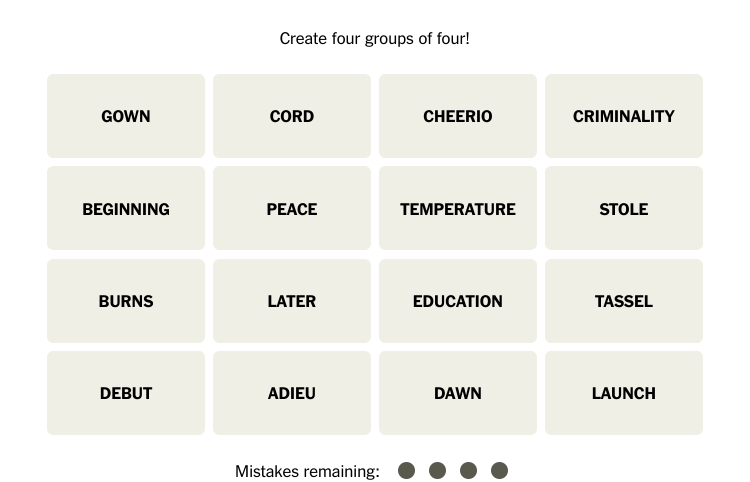
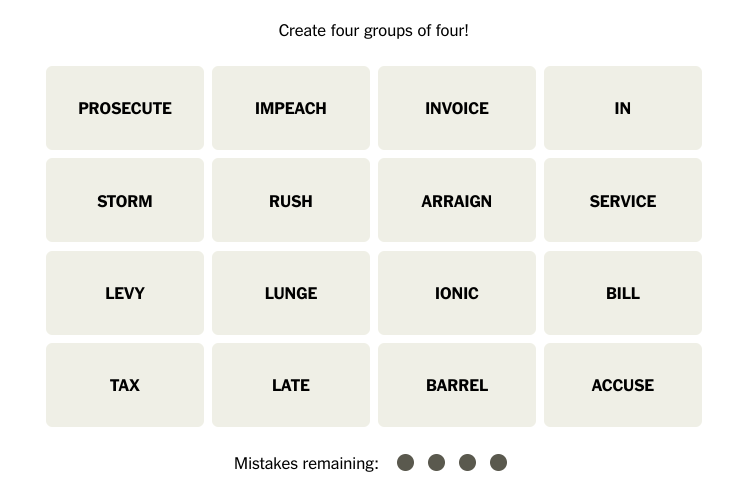
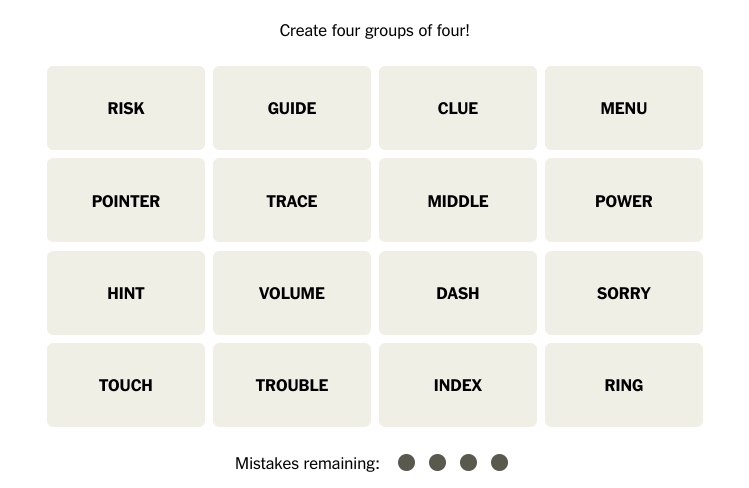
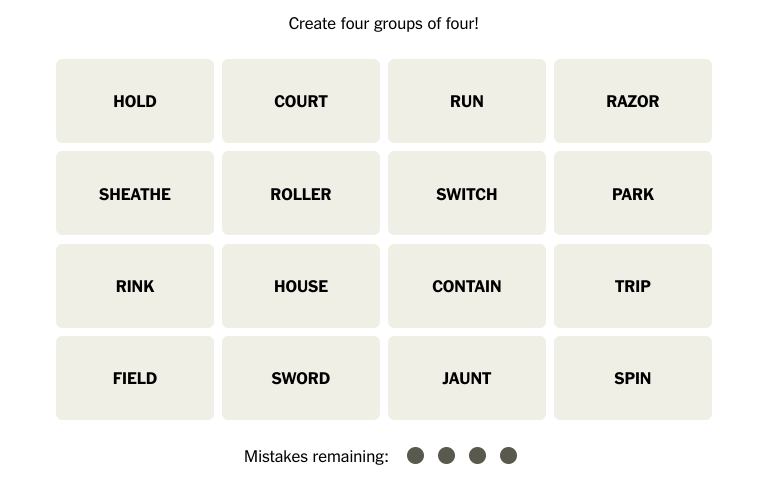

![[Photo Illustration]](https://nchsinkspot.com/wp-content/uploads/2025/09/trigger-words-1.png)





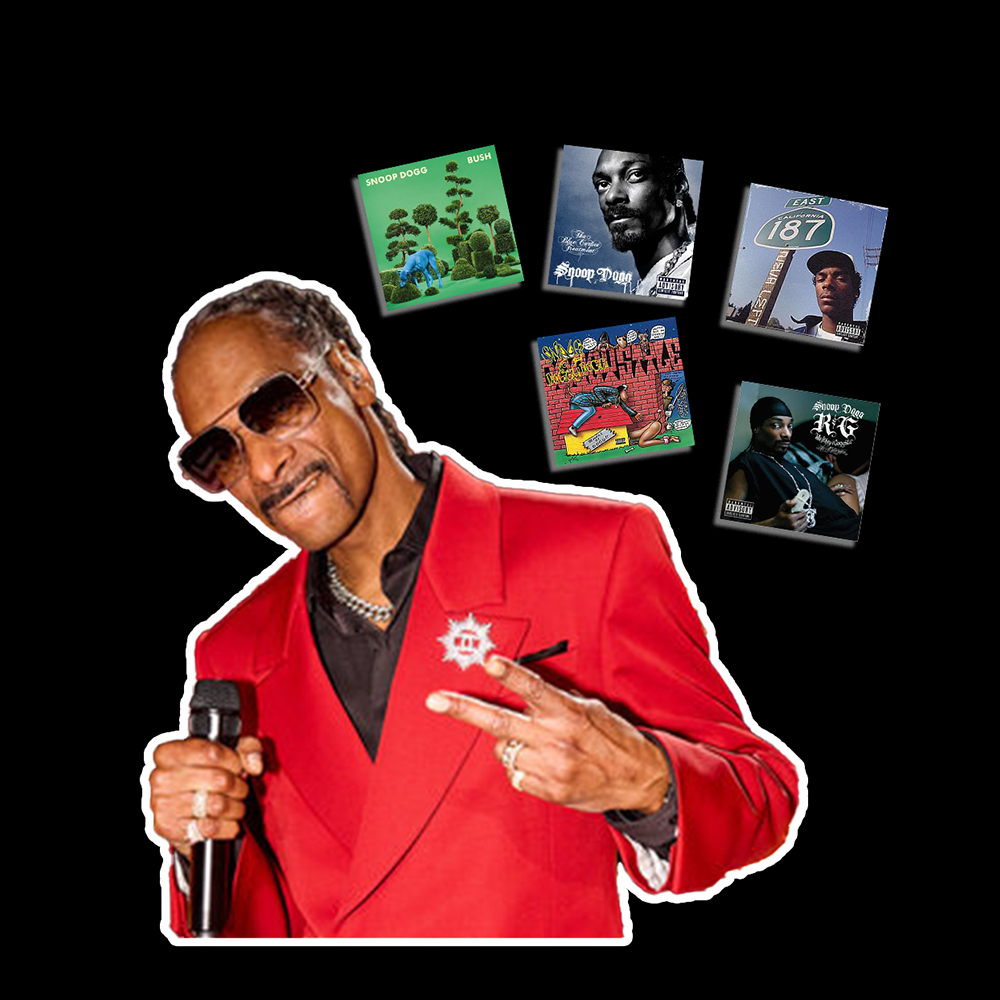

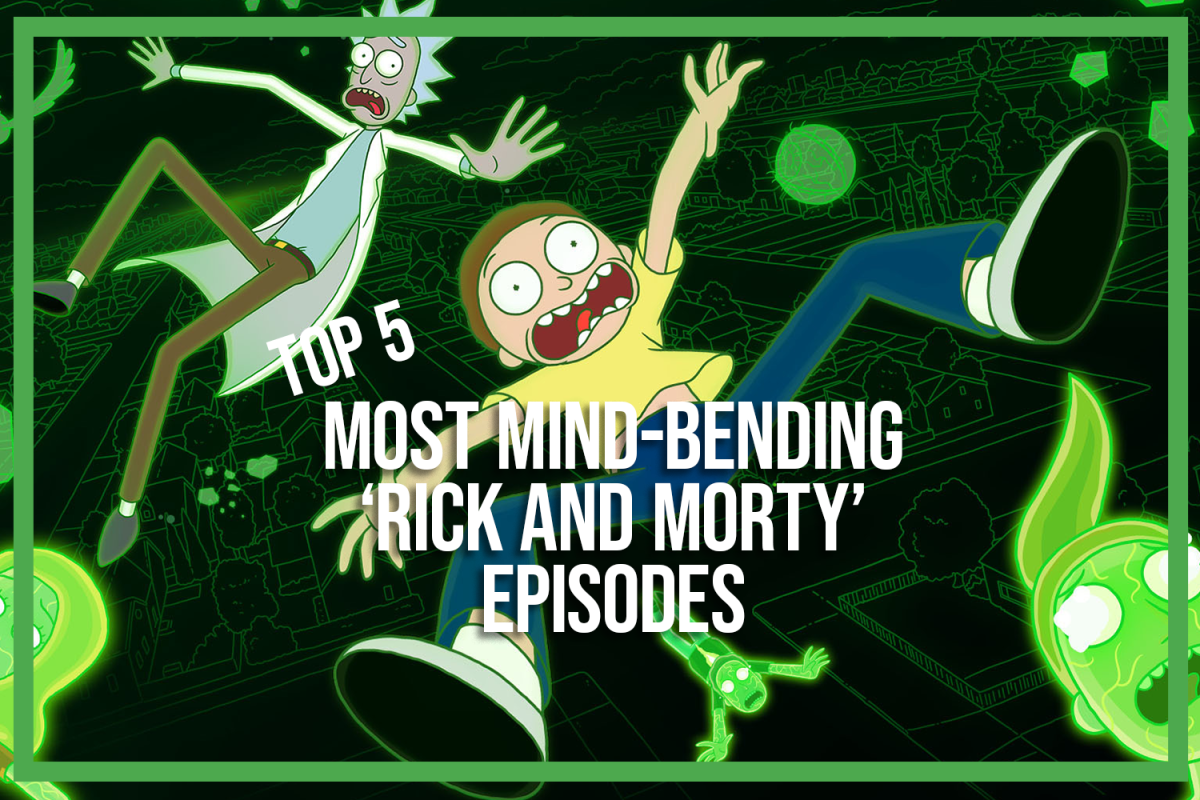
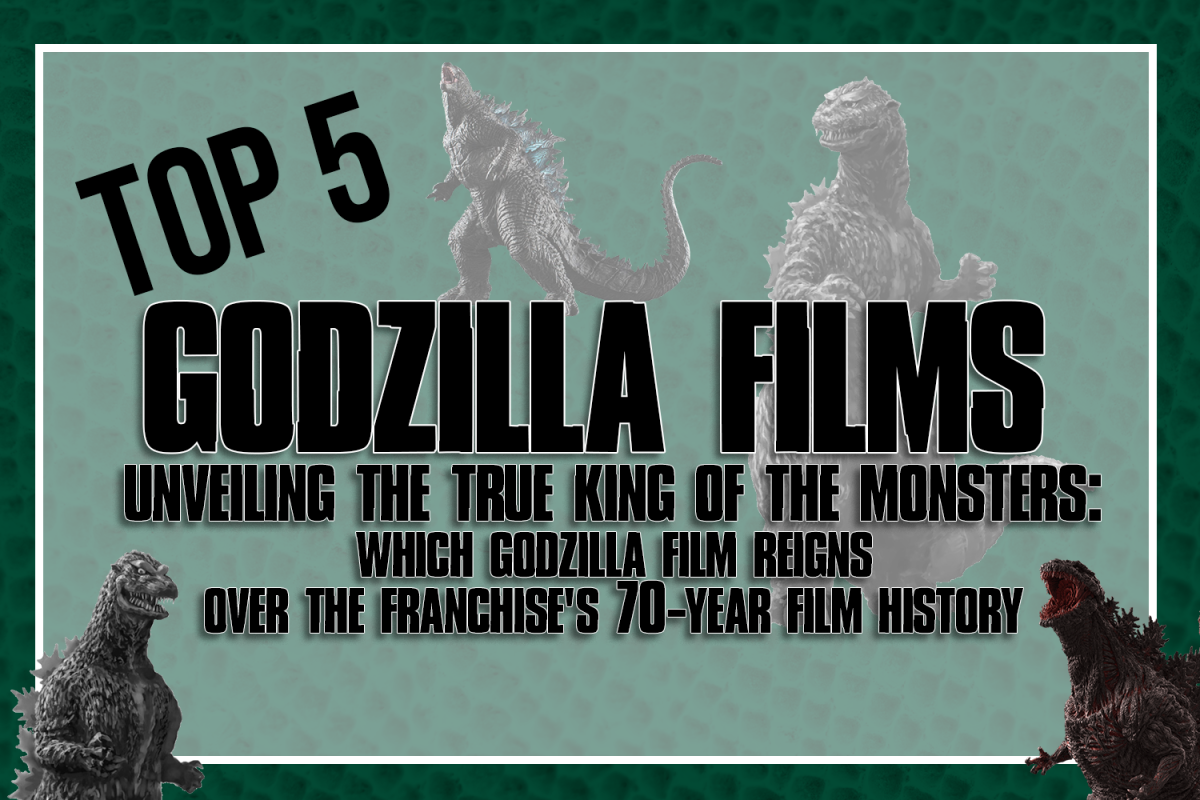





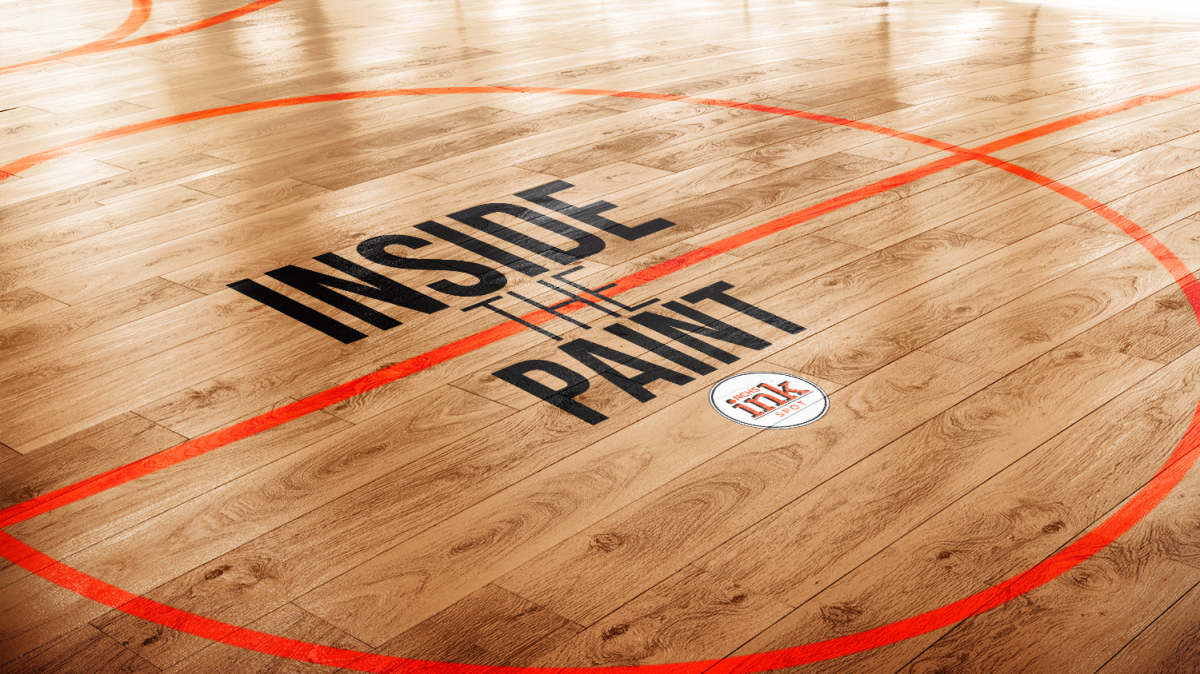
![Week 7: Coach Drengwitz recaps the Ironmen’s win over Bloomington, talks Danville [video]](https://nchsinkspot.com/wp-content/uploads/2025/10/Vikings-feature-Image-1200x675.png)
![Week 5: Coach Drengwitz previews the Ironmen’s matchup vs. Peoria Manual, recaps Week 4 [video]](https://nchsinkspot.com/wp-content/uploads/2025/09/Week-5-v-Rams-1200x675.png)
![Postgame reaction: Coach Drengwitz on Community’s 28-17 Loss to Kankakee [video]](https://nchsinkspot.com/wp-content/uploads/2025/09/Week-4-postgame--1200x675.png)
![On the Spot: This or That – Halloween [video]](https://nchsinkspot.com/wp-content/uploads/2024/10/tot-Halloween-YT-1200x675.png)
![On the Spot: This or That – Fall favorites [video]](https://nchsinkspot.com/wp-content/uploads/2024/10/ots-fall-web-1200x800.png)
![On the Spot – Teachers tested on 2023’s hottest words [video]](https://nchsinkspot.com/wp-content/uploads/2024/01/On-the-Spot-Teachers-tested-1200x675.png)









